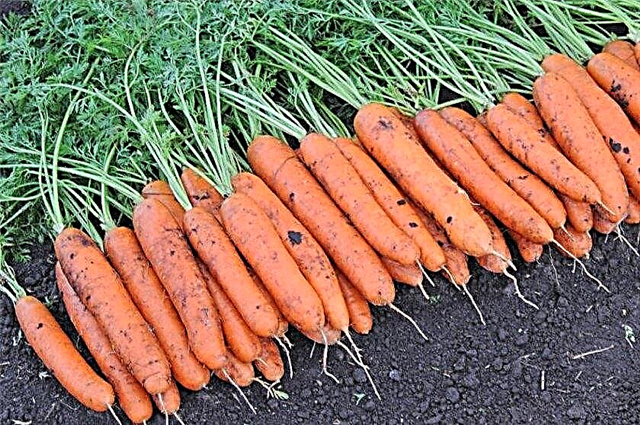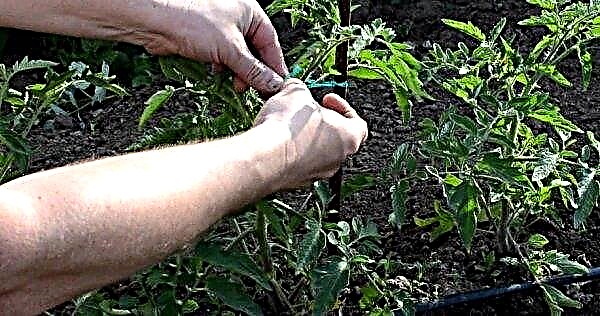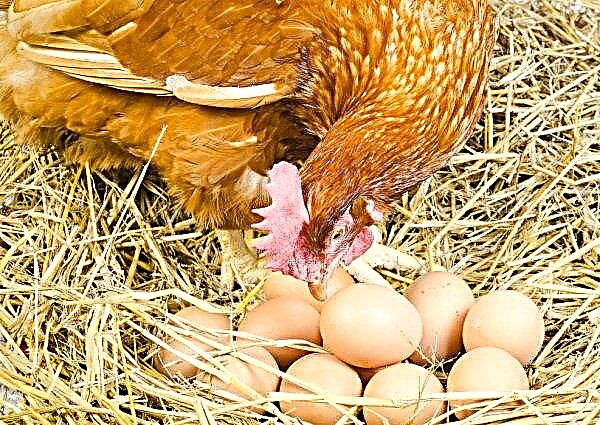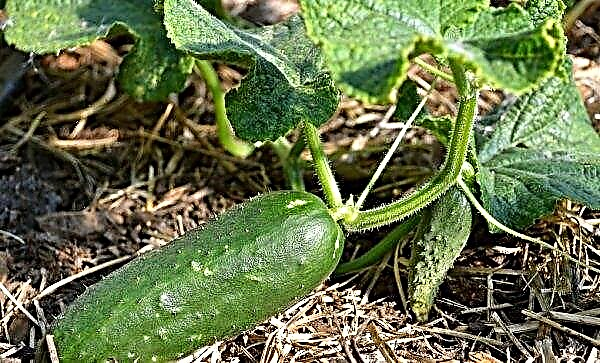Each gardener, planting carrots on his plot, hopes to get a good harvest. However, sometimes it has an unattractive appearance - root crops grow clumsy, with numerous lateral processes. A number of reasons contribute to defects in the carrot harvest, which include horniness and clumsy, we will consider them in this article.
Possible problems of clumsy and horned carrots
Many accuse the seed producers of carrots ugliness, although there are other causes for bifurcation, such as soil composition, improper care, and inappropriate fertilizers.
Wrong variety of carrots
One of the central causes of the ugly modification of carrots is an incorrectly selected variety of root crops. The problem is the mismatch between the growing conditions required for this variety and the real ones that the gardener adheres to.
A significant impact on the type of fetus is provided by weather, climate, natural phenomena, so you should choose varieties that are more resistant to external stimuli. For example, it is better not to sow some varieties of carrots in the winter, because in winter certain changes occur in the soil, it becomes denser, which may cause the fruits to split.
Root damage
Quite often, ugly carrots come across due to damage to the root. Even the slightest impact of something on the root can cause fetal deformation. That is why the vegetable is forbidden to transplant. Damage to the root can occur at any time: when the seeds are soaked before planting, when there is a lack of moisture in the soil at the beginning of growth, when exposed to pests, etc.
Did you know? Carrots can change skin color. Often, zoo employees use this, for example, feed it flamingos in order to maintain the bright color of the plumage of birds.
Lack of organic matter or excess
A significant cause of the bifurcation of the root crop can be a lack or excess of organic substances. Both that and another promotes its drying out, which subsequently causes the ugliness of the vegetable. Be sure to adhere to the generally accepted formulation when adding organic substances.
Heavy soil
When growing a vegetable, it is important to pay attention to the severity of the soil. Carrots love loose, soft soil. In clay, rocky areas, it is deformed, because it is looking for ways to "bypass" solid seals. Because of this, the root crop bends, forming several growth points at once, instead of the one laid. Growth can be hindered by mechanical barriers, which are numerous in untreated soil. These are various stones, branches, straw or other organic remains.

Improper care and watering
Also, the fetus may change due to improper care and watering. Untimely, excess watering causes irreversible changes in the external structure of the fetus. As a result of waterlogging, cracks in carrots may appear, which will entail the bifurcation of the vegetable.
The ratio of regularity and depth of watering is important: it is better to water less often, but evenly distribute water on the surface of the bed, thus increasing the depth to the optimal 20-30 cm. The roots are always in search of moisture, therefore, in its absence, processes appear on the sides that tend to the surface, where they find moisture.
Important! Abundantly carrots need to be watered only in the first month after planting. Then — less often, and from August, when the process of root formation is completed, and before harvesting — Do not water at all.
Unsuitable fertilizers
Finally, one cannot ignore the topic of the effect of improperly selected fertilizers on the clumsy carrots. Mineral fertilizers are very difficult. Here you need to be guided by the fact that it is better not to feed the vegetable than to overfeed.
The main enemies of carrots from the category of mineral fertilizers are dolomite flour and potassium chloride. They have the most negative effect on the root crop, contributing to its drying out, the appearance of cracks and processes. Fertilizers are best applied in the fall, during the preparation of the future beds.
Video: What fertilizers to apply to the soil in autumn
Problem Solving Methods
It is necessary not only to know the causes of the problem, but also to be able to fight them or to prevent them. For this, it is important to highlight the main list of methods for solving problems associated with the ugliness and deformation of carrots.
Here are the main ones:
- Thorough preparation of the landing site: in autumn - it is good to loosen the soil, in spring - to repeat the procedure.
- Organization of the correct watering regime.
- Keeping distance when sowing.
- Timely harvesting.
If you follow all the requirements at the same time, you can not only improve the quality of the product, but also significantly increase productivity.
Did you know? The world capital of carrots is located in the state of California, in the city of Holtville. This is where you can visit the annual festival in honor of this vegetable.
In addition to the basic methods of struggle, there are a number of auxiliary actions that help save the fetus from deformation.
These include:
- mandatory use of complex fertilizers;
- fertilizing the soil in the fall.
Tips from experienced gardeners
Many experienced gardeners share their methods of solving the problem of deformation of carrots.

We single out the main ones:
- the soil must be restored, so this vegetable can be planted in its former place at least a year after the previous planting. This will enable the soil to replenish the lost resources, it will become soft, and this will prevent the appearance of horned carrots;
- avoid excess humus in the soil, because the root crop does not tolerate manure, because of this there is a bifurcation;
- row spacing should be at least 25 cm;
- be sure to strictly adhere to the rules of watering and do not forget to thin out carrots in time.
Important! Watering should be done strictly on row spacing, trenches. Thinning should be done every 4 cm, then the carrots will not be clumsy.
Knowing all the causes and problems of deformation of carrots, as well as methods and techniques to combat it, you can easily prevent any unwanted changes in the vegetable.












